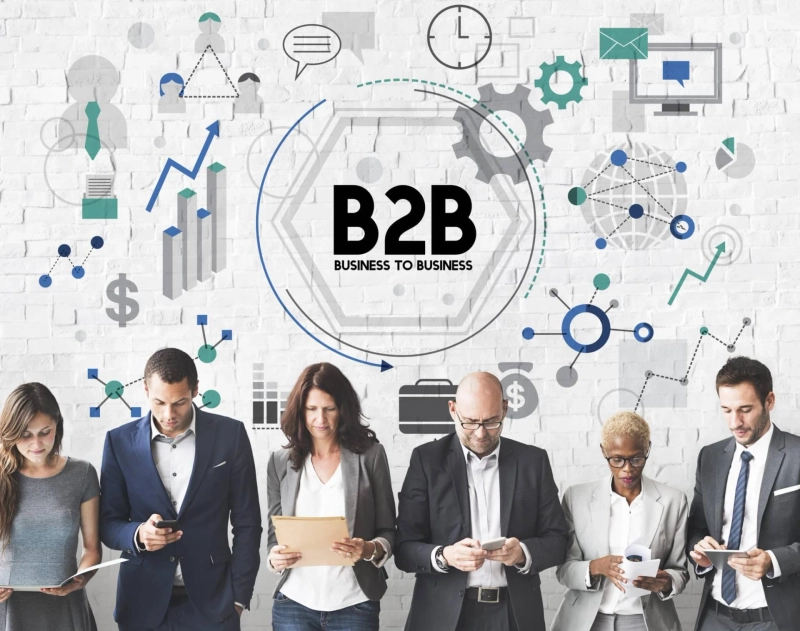The B2C world has long mastered loyalty programs—think airline miles, Starbucks Rewards, and Amazon Prime. But in B2B commerce, where relationships and repeat purchases drive the bulk of revenue, structured loyalty incentives are still underutilized.
That’s changing fast.
Forward-thinking B2B companies are now borrowing best practices from B2C loyalty programs, adapting them for bulk buyers, procurement teams, and long-term contracts. The result? Higher retention, bigger order sizes, and stickier customer relationships.
Here’s why B2B loyalty programs are exploding—and how to build one that works.
The Rise of B2B Loyalty: Why Now?
1. Buyers Expect Personalization
B2B buyers are consumers too—they’re used to personalized rewards in their personal lives and now demand the same from vendors.
2. Retention Is Cheaper Than Acquisition
- Acquiring a new B2B customer costs 5-25x more than retaining one. (Harvard Business Review)
- A 5% increase in retention can boost profits by 25-95%. (Bain & Company)
3. Subscription & Replenishment Models Are Growing
More B2B sales are shifting to recurring revenue models (e.g., SaaS, industrial supplies), making loyalty programs a natural fit.
How B2B Loyalty Programs Differ from B2C
B2C Loyalty B2B Loyalty
Points for purchases Tiered discounts for order volume
Free coffee after 10 visits Early access to new products for top buyers
Birthday rewards Dedicated account managers for VIP clients
Key Differences:
- Multi-user rewards (entire procurement teams earn benefits)
- Value beyond discounts (exclusive training, co-marketing opportunities)
- Longer redemption windows (annual rebates vs. instant rewards)
4 Proven B2B Loyalty Models (With Examples)
1. Spend-Based Tiers (The Classic)
- How it works: Buyers unlock better pricing, terms, or perks as they spend more.
- Example: Staples Business Advantage offers free shipping, higher discounts, and concierge support for top-tier buyers.
2. Net Terms & Early Payment Incentives
- How it works: Offer extra discounts for paying invoices early (e.g., 2% off net-30 if paid in 10 days).
- Example: Grainger’s "Early Pay Discount Program" improves cash flow while rewarding loyal buyers.
3. Non-Monetary Perks (The Hidden Gem)
- How it works: Reward buyers with exclusive content, VIP events, or co-branded case studies.
- Example: Salesforce’s "Trailblazer Community" gives top users badges, networking opportunities, and influence over product roadmaps.
4. Gamified Challenges (For Sales Teams)
- How it works: Procurement teams earn points for hitting quarterly spend goals, redeemable for gift cards or charity donations.
- Example: Uber for Business runs "Spend & Win" contests where companies compete for travel credits.
How to Launch a B2B Loyalty Program That Works
1. Start Simple
- Tiered discounts
- Early payment incentives
- Free shipping thresholds
2. Integrate With Your Tech Stack
- CRM (Salesforce, HubSpot) to track buyer history
- ERP (NetSuite, SAP) to automate rebates
- E-commerce platform for self-service redemption
3. Promote It Like a Product
- Train sales teams to pitch the program
- Add loyalty CTAs to invoices & order confirmations
- Run "Double Points" limited-time promotions
4. Measure & Optimize
- Track: Redemption rates, repeat purchase frequency, average order value (AOV) growth
- Survey buyers: "What rewards would make you order more?"
The Future: Predictive Loyalty
Soon, AI will anticipate buyer needs and auto-reward them:
- "You’ve ordered 10x this year—here’s a bonus discount."
- "Your team hasn’t reordered in 60 days—free shipping on next purchase."
Key Takeaway: Loyalty = Lock-In
B2B loyalty programs aren’t just about discounts—they’re about building habits, reducing churn, and turning buyers into advocates.
Companies that act now will:
✔ Out-earn competitors with higher lifetime value (LTV)
✔ Reduce price sensitivity (buyers stick around for the perks)
✔ Gain predictable revenue from repeat orders
Is your Letswoom B2B company leaving money on the table? A smart loyalty program could be your next big growth lever.


